Related Research Articles

Sonata, in music, literally means a piece played as opposed to a cantata, a piece sung. The term evolved through the history of music, designating a variety of forms until the Classical era, when it took on increasing importance. Sonata is a vague term, with varying meanings depending on the context and time period. By the early 19th century, it came to represent a principle of composing large-scale works. It was applied to most instrumental genres and regarded—alongside the fugue—as one of two fundamental methods of organizing, interpreting and analyzing concert music. Though the musical style of sonatas has changed since the Classical era, most 20th- and 21st-century sonatas still maintain the same structure.
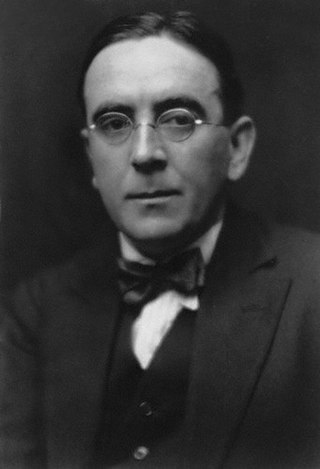
John Nicholson Ireland was an English composer and teacher of music. The majority of his output consists of piano miniatures and of songs with piano. His best-known works include the short instrumental or orchestral work "The Holy Boy", a setting of the poem "Sea-Fever" by John Masefield, a formerly much-played Piano Concerto, the hymn tune Love Unknown and the choral motet "Greater Love Hath No Man".
A clarinet sonata is piece of music in sonata form for clarinet, often with piano accompaniment.
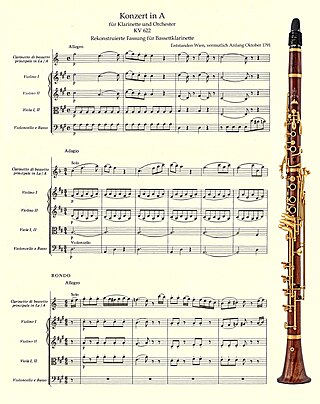
Wolfgang Amadeus Mozart's Clarinet Concerto in A major, K. 622, was completed in October 1791 for the clarinettist Anton Stadler. It consists of three movements, in a fast–slow–fast succession.
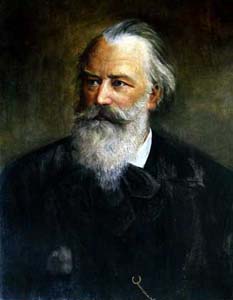
The Clarinet Sonatas, Op. 120, Nos. 1 and 2, are a pair of works written for clarinet and piano by the Romantic composer Johannes Brahms. They were written in 1894 and are dedicated to the clarinetist Richard Mühlfeld. The sonatas stem from a period late in Brahms's life where he discovered the beauty of the sound and tonal colour of the clarinet. The form of the clarinet sonata was largely undeveloped until after the completion of these sonatas, after which the combination of clarinet and piano was more readily used in composers’ new works. These were the last chamber pieces Brahms wrote before his death and are considered two of the great masterpieces in the clarinet repertoire. Brahms also produced a frequently performed transcription of these works for viola with alterations to better suit the instrument.
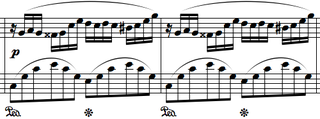
Frédéric Chopin's Fantaisie-Impromptu in C♯ minor, Op. posth. 66, WN 46 is a solo piano composition. It was composed in 1834 and published posthumously in 1855 despite Chopin's instruction that none of his unpublished manuscripts be published. The Fantaisie-Impromptu is one of Chopin's most frequently performed and popular compositions.
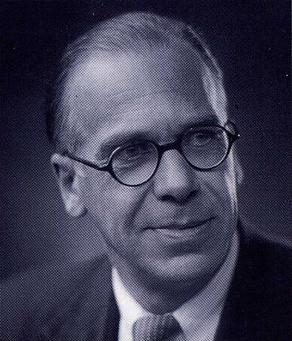
William Alwyn, was an English composer, conductor, and music teacher.
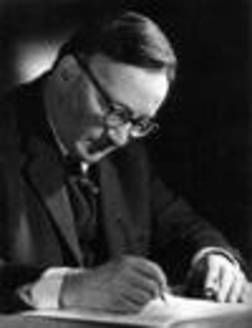
Franz Theodor Reizenstein was a German-born British composer and concert pianist. He left Germany for sanctuary in Britain in 1934 and went on to have his teaching and performing career there. As a composer, he successfully blended the equally strong but very different influences of his primary teachers, Hindemith and Vaughan Williams.
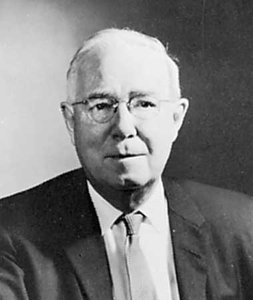
Leo Salkeld Sowerby was an American composer and church musician. He won the Pulitzer Prize for music in 1946 and was often called the “Dean of American church music” in the early to mid 20th century.

Leonard Bernstein's Sonata for Clarinet and Piano, written during 1941–42 and published in 1942, was Bernstein's first published piece. It is dedicated to clarinetist David Oppenheim, whom Bernstein met while studying conducting with Serge Koussevitzky at Tanglewood during the summers of 1940 and 1941.

The Piano Sonata No. 14 in C minor, K. 457, by Wolfgang Amadeus Mozart was composed and completed in 1784, with the official date of completion recorded as 14 October 1784 in Mozart's own catalogue of works. It was published in December 1785 together with the Fantasy in C minor, K. 475, as Opus 11 by the publishing firm Artaria, Mozart's main Viennese publisher.
Herbert Howells's sonata for the clarinet in A in two movements was written in 1946. It was written for British clarinet player Frederick Thurston and was the composer's last major chamber work.
Sergei Prokofiev's Piano Sonata No. 7 in B♭ major, Op. 83 is a sonata for solo piano, the second of the three "War Sonatas", composed in 1942. The sonata was first performed on 18 January 1943 in Moscow by Sviatoslav Richter. Performances of this sonata can last anywhere from 17 to about 20 minutes.
The Horn Trio in E♭ major, Op. 40, by Johannes Brahms is a chamber piece in four movements written for natural horn, violin, and piano. Composed in 1865, the work commemorates the death of Brahms's mother, Christiane, earlier that year. However, it draws on a theme which Brahms had composed twelve years previously but did not publish at the time.
American avant-garde composer John Cage (1912–1992) began composing pieces for solo prepared piano around 1938–40. The majority of early works for this instrument were created to accompany dances by Cage's various collaborators, most frequently Merce Cunningham. In response to frequent criticisms of prepared piano, Cage cited numerous predecessors. In the liner notes for the very first recording of his most highly acclaimed work for prepared piano, Sonatas and Interludes, Cage wrote: "Composing for the prepared piano is not a criticism of the instrument. I'm only being practical." This article presents a complete list of Cage's works for prepared piano, with comments on each composition. All of Cage's indeterminate works for unspecified forces can also be performed on or with Prepared Piano.
Johannes Brahms's Clarinet Quintet in B minor, Op. 115, was written in 1891 for the clarinettist Richard Mühlfeld. It is scored for a clarinet in A with a string quartet. It has a duration of approximately thirty-five minutes.
Camille Saint-Saëns's Oboe Sonata in D major, Op. 166 was composed in 1921, the year of the composer's death.
Pamela Harrison was an English composer, pianist and music teacher.
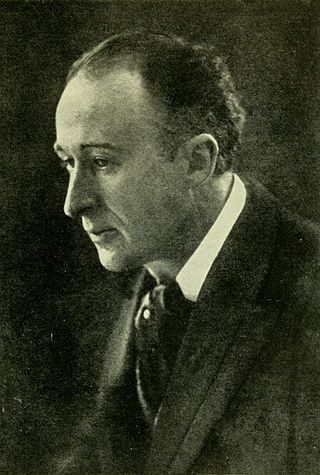
The Piano Concerto in C minor is one of the early compositions by the English composer Frederick Delius. The piece underwent repeated revisions that resulted in the existence of three major versions which significantly differ from one another. The first public performance of any version was played by Julius Buths with the conductor Hans Haym on 24 October 1904 in Elberfeld, Germany.
References
- 1 2 3 "Fantasy-Sonata, for clarinet and piano in E-flat major". AllMusic. Retrieved 3 April 2013.
- 1 2 3 Goddard, Scott (September 1944). "John Ireland's Fantasy-Sonata". Tempo (8): 6–9.
- ↑ Foreman, Lewis, ed. (2011). The John Ireland companion. Boydell Press. p. 51. ISBN 9781843836865.
- ↑ Fantasy-Sonata (John Ireland) : Scores at the International Music Score Library Project
- 1 2 Lawson, Colin (2011). "The British clarinet school: legacy and legend" (PDF). International Symposium on Performance Sciences.[ permanent dead link ]
- ↑ "About this recording". Naxos. Archived from the original on 8 January 2022. Retrieved 3 April 2013.
- ↑ "The Clarinet Trio of John Ireland". Stephen Fox. Retrieved 3 April 2013.